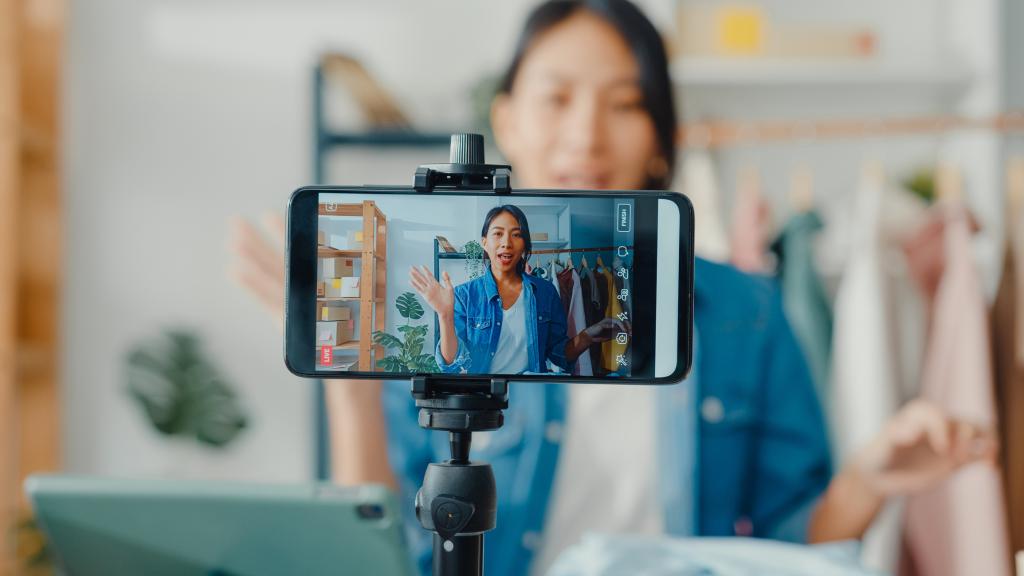
As an influencer or content creator, your brand might just be your most valuable asset. It is the thing that helps you to stand out from the crowd and gives you your reputation in the market. So, naturally, this is going to be something worth protecting – but how?
Trade Marks
Where your brand (or branding) consists of logos, catchphrases, names or even sounds and smells, it is possible for these to be protected as an intellectual property right. Although the automatically arising ‘copyright’ is the most recognisable form of intellectual property right, trade mark protection – specifically, trade mark registration – is often preferred.
This is because trade mark registration provides a monopoly right over that particular mark – meaning that no other party can copy or use the mark without your permission. Upon registration, you can also make use of the ‘®’ symbol (and ‘™’ symbol for unregistered trade marks) as an indicator to show other parties that you have actively taken steps to protect your trade marks which in turn adds value to your brand.
Trade mark registration occurs on a first-come-first-serve basis. As such, without trade mark registration, there lies a risk that another party could appropriate your branding and obtain registration themselves ahead of you – leaving you with no option but to cease use of the same.
Contractual Agreements
Many influencers make their money through collaborations with businesses and other influencers – often to promote products and services. In addition, they are likely to be managed by an agent whose job it is to connect the influencer with commercial opportunities.
In these instances, contractual agreements are crucial to an influencer to ensure they are correctly paid for their work and their reputation is upheld (if not improved). In addition, an absence of contractual agreements may leave an influencer in a much less favourable position than they intended – for example, their branding may be misused, or they may be unable to recover the full amount of their earnings.
Such agreements can also provide a suitable outlet for when things do go wrong – if drafted correctly, influencers should be able to have a course of action in the event the other party defaults on their obligations, which may allow them to minimise the damage and protect their brand in such instances.
Image Rights for an influencer
Most, if not all, of an influencer’s brand will be contingent on protecting the influencer’s image. In the UK, there is currently no explicit ‘image right’ law which protects an individual’s image. Instead, there are patchwork of different legal avenues to help protect and enforce these rights indirectly.
Two of the most common options include privacy law and trade mark protection. Where an influencer’s image is used as a brand identifier, it may be possible to obtain trade mark registration for this. In addition, the Human Rights Act 1998 includes respect for private life and considers a balancing exercise to determine whether the need for public knowledge outweighs the right to privacy of that information (in this case, being an individual’s image).
Although potentially difficult to enforce in the context of influencer protection, these options may still need to be considered where an influencer’s image becomes widely recognised.
Compliance with the Law
Although influencer marketing may be a relatively new concept, there are many rules and regulations in place that govern how this should be carried out safely. For influencers generally, the Advertising Standard Authority (ASA) and the Competition & Markets Authority (CMA) are the key regulators that investigate and enforce particular relevant laws and regulations.
Non-compliance with the rules is likely to be picked up on by the ASA and CMA, who have the power to impose hefty fines (CMA only) and ‘out’ influencers to the general public. Not only could this be financially detrimental but is also likely to directly damage an influencer’s brand and reputation. This could have a knock-on effect on any future potential collaborations as companies may be reluctant to work with non-compliant influencers.
On the other hand, active compliance with the rules and regulations can demonstrate to followers and collaborators that an influencer is transparent and trustworthy. This can not only uphold the value of an influencer’s brand but also may increase its value – particularly if collaborators continue to roll in.
Conclusion
Ultimately, there are many actions that an influencer can take to protect their brand, or even increase its value. More often than not, the most profitable and consistent influencers are those that actively take steps to register trade marks, enter into relevant agreements and comply with the rules.
It is not uncommon to make mistakes, and many influencers do, but taking these steps can help to minimise the potential damage and ensure their brand is protected.
If you would like to learn more about registering your trade marks, complying with influencer law or drafting contractual agreements, please reach out to enquiries@stephens-scown.co.uk or call 0345 450 5558.
